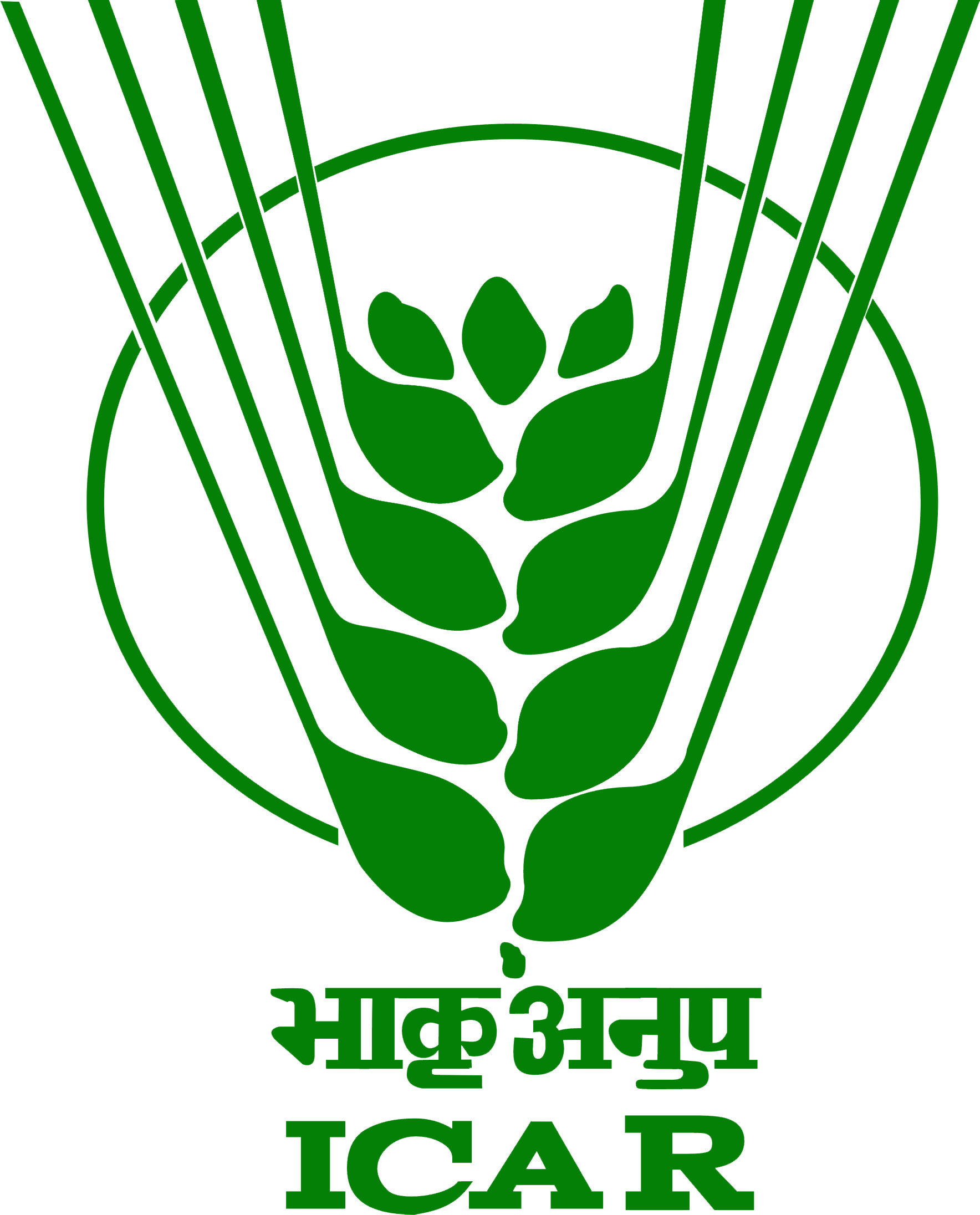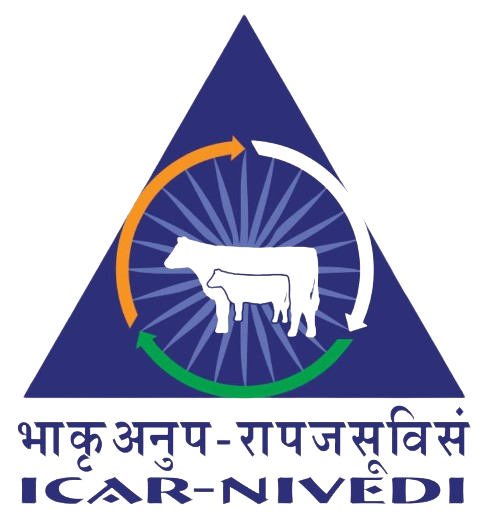KARNATAKA,UTTARAKHAND,ANDHRA PRADESH,TELANGANA,ODISHA,KERALA,RAJASTHAN,ANDAMAN & NICOBAR,ASSAM,SIKKIM,WEST BENGAL,UTTAR PRADESH,PUNJAB,MADHYA PRADESH,MAHARASHTRA,HARYANA,JHARKHAND,GUJARAT AND CHHATTISGARH for likely occurrence of Anthrax in February-2026
JHARKHAND,PUDUCHERRY,UTTARAKHAND,ANDHRA PRADESH,ODISHA,TELANGANA,GOA,KARNATAKA,KERALA,RAJASTHAN,ANDAMAN & NICOBAR,ASSAM,SIKKIM,TRIPURA,WEST BENGAL,BIHAR,UTTAR PRADESH,PUNJAB,CHHATTISGARH,MADHYA PRADESH,HARYANA,MAHARASHTRA AND GUJARAT are predicted for likely occurrence of Babesiosis in February-2026
ARUNACHAL PRADESH,ASSAM,KARNATAKA,UTTARAKHAND,ANDHRA PRADESH,ODISHA,TELANGANA,KERALA,MAHARASHTRA,RAJASTHAN,ANDAMAN & NICOBAR,MEGHALAYA,TRIPURA,WEST BENGAL,BIHAR,UTTAR PRADESH,PUNJAB,JHARKHAND,MADHYA PRADESH,HARYANA,GUJARAT,MANIPUR AND UTTAR PRADESH are predicted for likely occurrence of Black quarter in February-2026
KARNATAKA AND TELANGANA are predicted for likely occurrence of Bluetongue in February-2026
HIMACHAL PRADESH,JAMMU & KASHMIR,ANDHRA PRADESH,KARNATAKA,ODISHA,GOA,KERALA,MAHARASHTRA,GUJARAT,RAJASTHAN,ANDAMAN & NICOBAR,ARUNACHAL PRADESH,ASSAM,MANIPUR,MEGHALAYA,MIZORAM,TRIPURA,WEST BENGAL,BIHAR,UTTAR PRADESH,UTTARAKHAND,HARYANA,PUNJAB,JHARKHAND,MADHYA PRADESH AND TELANGANA are predicted for likely occurrence of Classical Swine Fever in February-2026
KARNATAKA,GUJARAT,TELANGANA,ANDHRA PRADESH,ODISHA,KERALA,RAJASTHAN,ANDAMAN & NICOBAR,ASSAM,WEST BENGAL,BIHAR,UTTAR PRADESH,HARYANA,JHARKHAND,MADHYA PRADESH,MAHARASHTRA,PUNJAB AND UTTARAKHAND are predicted for likely occurrence of Enterotoxaemia in February-2026
GUJARAT,KARNATAKA,TELANGANA,ANDHRA PRADESH,ODISHA,KERALA,RAJASTHAN,ANDAMAN & NICOBAR,TRIPURA,WEST BENGAL,BIHAR,UTTAR PRADESH,HARYANA,CHHATTISGARH,JHARKHAND,MADHYA PRADESH,MAHARASHTRA,ASSAM,PUNJAB AND UTTARAKHAND are predicted for likely occurrence of Fascioliasis in February-2026
ANDHRA PRADESH,KARNATAKA,UTTARAKHAND,TAMIL NADU,TELANGANA,ODISHA,MAHARASHTRA,GUJARAT,RAJASTHAN,ANDAMAN & NICOBAR,ASSAM,MEGHALAYA,SIKKIM,TRIPURA,WEST BENGAL,BIHAR,UTTAR PRADESH,HARYANA,JHARKHAND,MADHYA PRADESH,CHANDIGARH,PUDUCHERRY,ARUNACHAL PRADESH AND KERALA are predicted for likely occurrence of Foot and Mouth Disease in February-2026
MIZORAM,UTTARAKHAND,ANDHRA PRADESH,KARNATAKA,ODISHA,KERALA,GUJARAT,RAJASTHAN,ANDAMAN & NICOBAR,ASSAM,WEST BENGAL,BIHAR,UTTAR PRADESH,HARYANA,JHARKHAND,MADHYA PRADESH,PUDUCHERRY AND MAHARASHTRA are predicted for likely occurrence of Haemorrhagic septicaemia in February-2026
MAHARASHTRA,KERALA,RAJASTHAN,HARYANA,HIMACHAL PRADESH,UTTARAKHAND,ANDHRA PRADESH,KARNATAKA,TELANGANA,ODISHA,GOA,GUJARAT,ANDAMAN & NICOBAR,ARUNACHAL PRADESH,ASSAM,WEST BENGAL,BIHAR,UTTAR PRADESH,JHARKHAND AND MADHYA PRADESH are predicted for likely occurrence of PPR in February-2026
ANDHRA PRADESH,JHARKHAND,KERALA,HIMACHAL PRADESH,TAMIL NADU,MAHARASHTRA,GUJARAT,RAJASTHAN,ANDAMAN & NICOBAR,ARUNACHAL PRADESH,ASSAM,MIZORAM,SIKKIM,BIHAR,WEST BENGAL,UTTAR PRADESH,CHHATTISGARH,MADHYA PRADESH AND JAMMU & KASHMIR are predicted for likely occurrence of African Swine Fever in February-2026
KARNATAKA,ODISHA,HIMACHAL PRADESH,JAMMU & KASHMIR,ANDHRA PRADESH,KERALA,MAHARASHTRA,GUJARAT,RAJASTHAN,ANDAMAN & NICOBAR,ASSAM,TRIPURA,WEST BENGAL,BIHAR,UTTAR PRADESH,UTTARAKHAND,HARYANA,JHARKHAND,MADHYA PRADESH,GOA AND TELANGANA are predicted for likely occurrence of S & G Pox in February-2026
BIHAR,HIMACHAL PRADESH,JAMMU & KASHMIR,ANDHRA PRADESH,KARNATAKA,PUDUCHERRY,ODISHA,GOA,KERALA,MAHARASHTRA,GUJARAT,RAJASTHAN,ANDAMAN & NICOBAR,ASSAM,SIKKIM,WEST BENGAL,UTTAR PRADESH,HARYANA,PUNJAB,CHHATTISGARH,MADHYA PRADESH,TELANGANA AND JHARKHAND are predicted for likely occurrence of Theileriosis in February-2026
JHARKHAND,HIMACHAL PRADESH,JAMMU & KASHMIR,ANDHRA PRADESH,KARNATAKA,PUDUCHERRY,ODISHA,KERALA,GUJARAT,RAJASTHAN,ANDAMAN & NICOBAR,ASSAM,SIKKIM,WEST BENGAL,BIHAR,UTTAR PRADESH,HARYANA,PUNJAB,CHHATTISGARH,MADHYA PRADESH,GOA,TELANGANA AND MAHARASHTRA are predicted for likely occurrence of Trypanosomiasis in February-2026
HIMACHAL PRADESH,SIKKIM,ANDHRA PRADESH,KARNATAKA,KERALA,GUJARAT,RAJASTHAN,ANDAMAN & NICOBAR,ASSAM,BIHAR,WEST BENGAL,UTTAR PRADESH,JHARKHAND,MADHYA PRADESH,MAHARASHTRA AND JAMMU & KASHMIR are predicted for likely occurrence of Lumpy Skin Disease in February-2026



